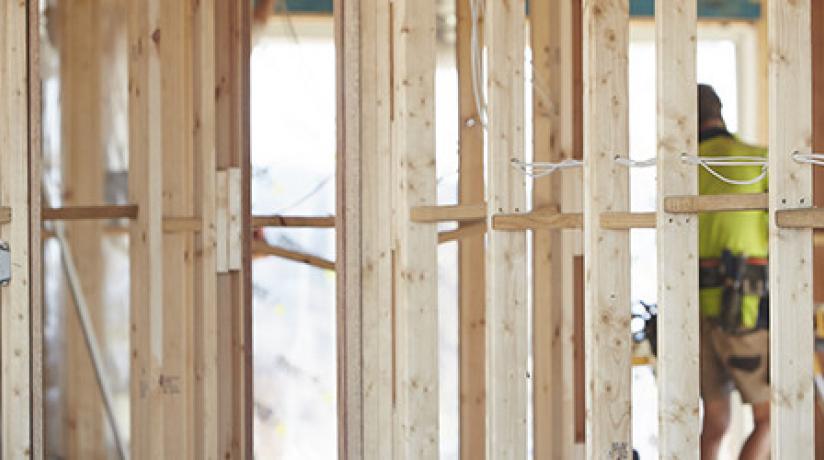When things go wrong in building it can often become challenging to differentiate between defective work and damage.
The intent of contract works and liability insurance is not to guarantee quality of work by covering defects, but to provide cover for damage to the works under contract. When losses occur that involve a defect and damage, your construction insurance can often provide cover for a portion of the loss. What complicates matters is that insurers offer very different levels of cover with regard to losses involving defects, both during construction and well after the job is finished.
During the construction and defect liability period, the majority of insurers offer some cover for damage caused by defect losses, but the key difference is identifying how they view defects, either in isolation, or as part of a larger area. The wording of many insurance policies will determine that only a portion of the build is ‘defective’ if it contains a defect, excluding the larger area from designation as ‘defective’ as well, thereby limiting the cover. Broader policies will only exclude the smallest component part of a defect loss.
In practical terms – if a cracked tile was installed on a roof just prior to a large storm, which resulted in extensive water damage to the roof, insulation, ceiling, walls and flooring – one policy is likely to exclude all damage to the roof/ceiling area – providing cover for the clearly separate sections of the build being walls and flooring. A broader contract works policy would only exclude the one broken tile, deeming the rest of the damage to be free from defect, and therefore damaged as a result of the defect.
Another recent example involves a builder installing a floating timber floor onto a concrete slab. In installing the flooring, an excessive amount of glue was used, which came up through the gaps in the timber, and quickly hardened. To rectify the issue, the glue was scraped out of the gaps, but the timber was damaged in the process, with the end result being that the entire floor needed to be replaced. One policy would deem the entire floor to be defective, excluding the lot. The broader policy recognised that the timber was free from defect, and only excluded the cost of the glue, which was deemed the ‘smallest defective part’.
Once builds have been completed, it’s still very common for builders to be notified of defects/damage several years after completion. Again, from an insurance perspective, contract works and liability policies respond very differently, with broader policies providing some cover, while others provide none at all. Many construction insurers exclude all damage to completed works, with their coverage essentially viewing that any damage caused to your builds by defective work as a ‘defect’, excluding the claim entirely. A broader policy provides resultant damage cover under the product liability section, and will only exclude the cause of the damage, providing cover for anything damaged as a result of a defect.
Our most common claim for these losses is in waterproofing, where a homeowner notices water damage several years after completion. Many contract works & liability policies provide no coverage, whereas the right policy will only exclude the cost of rectifying the waterproofing, covering the resultant damage, but not the specific cause of the loss.
Your insurance broker should be able to provide you with the necessary detail of the cover arranged, to ensure you’re aware of any gaps between the coverage provided and what is available. MBA Insurance Services is a specialist construction broker, and provides a free service to all MBA members to review your insurance program and provide alternate pricing and guidance on coverage.
Please keep in mind that this represents what cover is accessible in the insurance market today, and not necessarily what was available in the market historically. Should insurers incur losses, these conditions could be restricted in future, but meanwhile MBAIS will continue to endeavour to offer members the broadest available cover at a competitive price.
Call 1 800 150 888 for more information.






